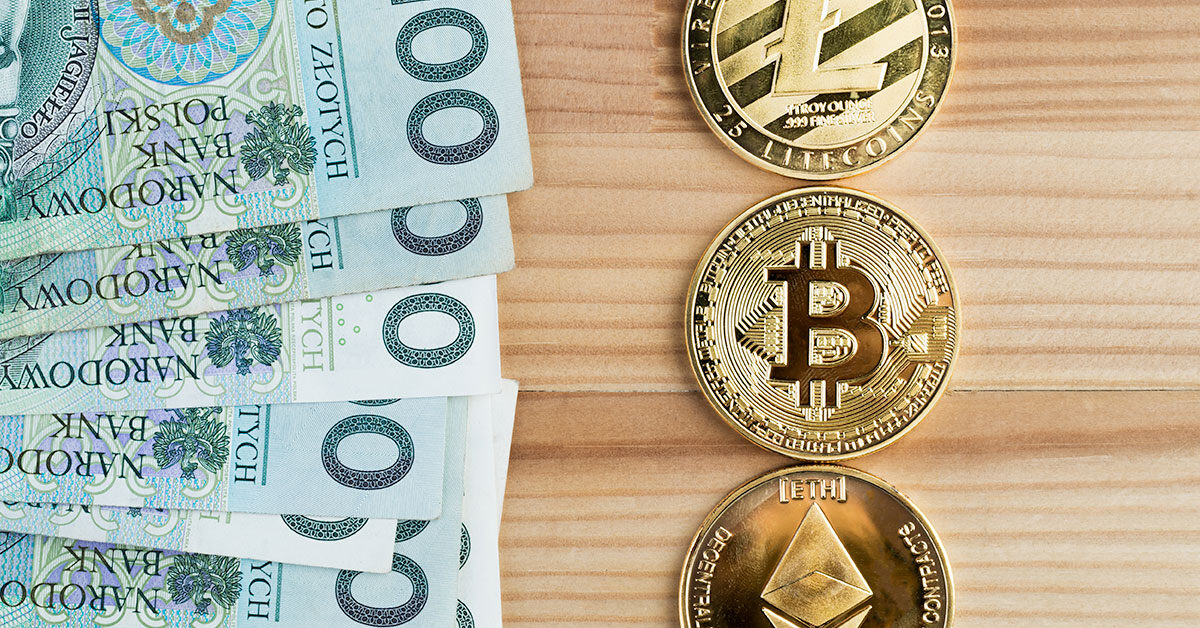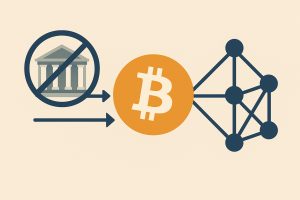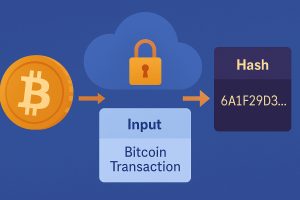What Is the Difference Between Bitcoin and Traditional Money?
Money has gone through numerous transformations, from the barter system to the use of physical cash and now, to digital currencies like Bitcoin. Traditional money, or fiat currency, is issued and regulated by governments. It is used in daily transactions, exists in physical forms like paper bills and coins, and is backed by a country’s economy.
Meanwhile, Bitcoin is a digital currency that is not governed by any centralized institution. It operates using blockchain technology, allowing people to conduct transactions without going through banks. Because of this, Bitcoin offers a higher level of security and transparency in every transaction.
In this article, we will explore the key differences between Bitcoin and traditional money. We will explain how each system works, their benefits, and the possible future of these two financial systems.
Control and Regulation of Centralized and Decentralized
One of the biggest differences between Bitcoin and fiat currency is how they are controlled. Traditional money is overseen by governments and central banks. These institutions regulate the value of money by adjusting its supply through issuance and restriction.
On the other hand, Bitcoin is not controlled by any government or bank. It is decentralized, meaning no single entity has absolute control over it. Each transaction is verified by a network of computers through cryptographic validation, eliminating the need for intermediaries like banks.
Because of Bitcoin’s decentralized nature, it cannot be manipulated by any government. However, this also means that there is no institution to help recover lost or stolen Bitcoin, making security a top priority for users.
Money Creation: Inflation vs Limited Supply
Fiat money has no fixed supply limit. For example, during an economic crisis, a government can print more money to stimulate the market. However, this can lead to inflation, where the value of money decreases due to an oversupply in circulation.
In contrast, Bitcoin has a fixed supply of only 21 million coins. This means it cannot be arbitrarily increased, protecting it against inflation. Every new Bitcoin is created through mining, a computational process where complex mathematical problems are solved as part of network validation.
Due to Bitcoin’s limited supply, its value may increase as demand grows. This has led many investors to consider Bitcoin as a form of “digital gold” and a hedge against inflation.
Security and Transaction Transparency
In traditional financial systems, transactions are processed by banks or financial institutions. This usually requires personal information and can be traced by governments and third-party entities. While this setup provides fraud protection, it also exposes users to risks like data breaches and hacking.
Bitcoin transactions, however, are processed on the blockchain—a public ledger that records all transactions. This makes it extremely difficult to alter or manipulate transaction data. Every Bitcoin user has access to the transaction history, enhancing transparency and security.
However, due to the anonymity of Bitcoin transactions, it has also been used for illegal activities. This is one reason why some countries have imposed strict regulations on its use.
The Speed and Cost of Transaction Processing
Transferring money through traditional banks can take several hours or even days, especially for international transactions. Additionally, banks charge fees for each transaction, particularly for remittances or wire transfers.
With Bitcoin, transactions can be completed within minutes, regardless of the sender’s and receiver’s locations. Since no middlemen are involved, transaction fees are generally lower than those of traditional banks.
However, Bitcoin experiences network congestion when too many people use it simultaneously, which can slow down transactions. Solutions like the Lightning Network aim to improve transaction speed and reduce costs.
Acceptance and Usage of Mainstream vs Alternative Currency
Fiat money is widely accepted in all establishments and is used for daily transactions. From buying groceries to paying for services, it is the dominant medium of exchange worldwide.
Bitcoin, on the other hand, is only accepted by select businesses and online platforms. Although an increasing number of companies recognize it as a payment method, it is not yet as accessible as fiat money.
Due to Bitcoin’s price volatility, many businesses hesitate to accept it as payment. However, this could change over time as more industries adopt cryptocurrency.
Privacy and Anonymity
Using traditional money often requires individuals to provide personal information—such as their name and banking details—as part of regulatory measures to prevent money laundering and financial crimes.
With Bitcoin, users can remain anonymous. Transactions are conducted using cryptographic addresses instead of real names. However, while Bitcoin offers a level of privacy, all transactions are recorded on the blockchain and can be publicly viewed.
This level of anonymity has both advantages and disadvantages. While it enhances privacy, it also makes it challenging for authorities to track illegal activities involving Bitcoin.
The Future of Bitcoin and Traditional Money
As technology continues to evolve, the way we use money is also expected to change. Many experts believe that Bitcoin and other cryptocurrencies have the potential to reshape the financial system in the future.
As Bitcoin adoption grows, more countries are exploring ways to integrate it into their economies. Some are implementing regulations to ensure user security, while others see it as a threat to their fiat currency systems.
However, Bitcoin is unlikely to completely replace traditional money anytime soon. Instead, it may serve as an alternative financial system, especially in countries with unstable economies.
Bitcoin or Traditional Money?
Bitcoin and traditional money each have their own uses and benefits, depending on an individual’s needs. For daily transactions, fiat currency remains the easier and more practical choice since it is accepted everywhere, from small shops to large businesses. However, for those seeking a more secure, transparent, and government-independent way of managing money, Bitcoin is an innovative alternative that continues to gain traction.
As technology advances, these two financial systems may eventually merge to create a more efficient global economy. In fact, many banks and institutions have already started integrating blockchain technology into their operations. While concerns about regulation and security still exist, there is no denying that Bitcoin is reshaping the world of finance with a fresh perspective.
In the end, the question is not about which system is better but how we can utilize both in our daily lives. Bitcoin may not yet be ready to replace fiat currency, but it offers an alternative for a more inclusive and decentralized way of managing wealth. The only question left is: Are you ready to use Bitcoin?
















No Responses